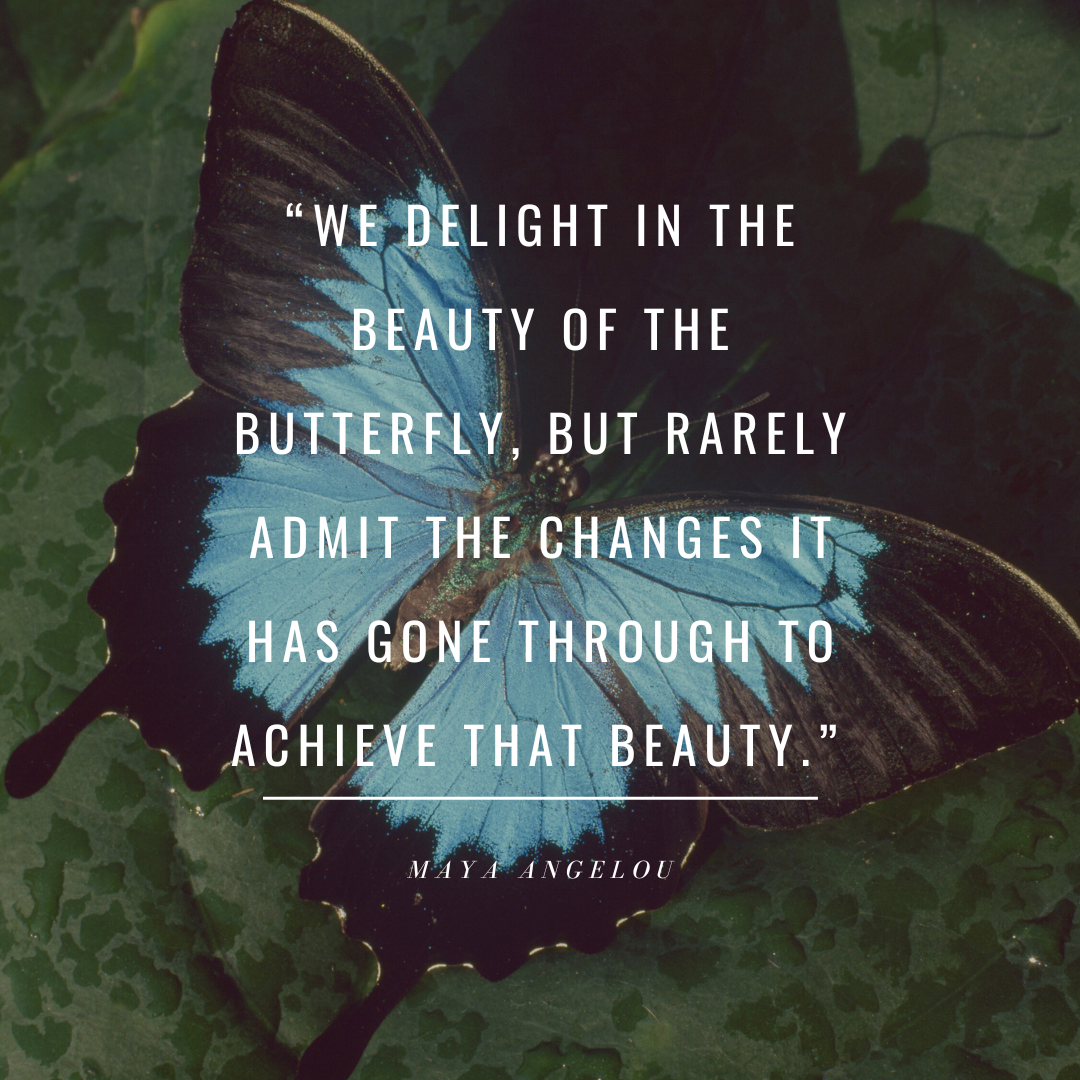My partner told me recently that I didn’t know how to compromise. I’ll admit, I can be stubborn. But it got me thinking about the role of compromise in bold, messy, transformational change, and the shifts in mindset that we all need to embrace as we seek to do things differently.
Listen deeply
Sometimes, in our organisations, we are intentionally embarking on a change journey. Other times the need to change is forced upon us by environmental factors. We’re taught, in such situations, that to compromise is a weakness. And maybe sometimes it can be, but not always. In either case, listening deeply is key.
Starting by noticing how we all think and express ourselves differently. Some people thrive on applying their own experience to theoretical frameworks as a way of organising their ideas, rooting their thinking in evidence whilst others lean more heavily into instinct (sometimes drawing on lived experience) and relational trust-building approaches. Engaging as generously as you can with all the ideas and insights that are being shared, in different and valuable ways, be open to the possibility of changing your mind. If others are doing / telling / showing how things might look different to your vision, open up more space for collective listening and reflection to see what surfaces.
Compromising doesn’t mean that you are wrong and someone else is right. It only means that your respect for the insights of others’ is greater than your need to be right. Being open to different ways of arriving at a shared vision can unlock previously unimagined possibilities.
And, it is not only the big picture that we need to attend to. Micro-actions (yours or others’) could be getting in the way of transformative change. Is there a weekly practice or ritual that is inadvertently reinforcing an unhelpful power dynamic or is somehow at odds with the culture that you are trying to create? Notice it and change it. Small, incremental changes can help move the dial and ready the organisation for deeper changes.
Go where the energy is (at least as a starting point)
Certain transformational changes that I helped to embed in my most recent (interim) leadership role had taken me a full 7 years to realise in a previous organisation. This is because in the second organisation, we were all on the same page from the start, everyone was signed up to the changes that we needed to make. So in many ways, the adage ‘go where the energy is’ makes a lot of sense, and can get you some quick wins, building trust and confidence.
But sometimes, an issue is so important that you need to find a way through even when the appetite for change is low to begin with. This is where finding your allies and building alignment around change comes in. Language is key here too, and building out arguments in ways that will land with those you are trying to influence is really important.
Working with academics, I once compiled a report aimed at building a case for a particular change in the organisation. Who said this, they asked, pointing to a paragraph rich in analysis? I did, I replied. But no, they meant which academic author had said this (because only published academics are allowed to have original thought…) Still, I worked on the evidence base and eventually we shifted.
In all of this, I have learnt that power does not shift easily. Often, this is an intentional holding onto power but sometimes, its simply a lack of muscle memory in doing things differently. This is often the case when Founders are transitioning out of an organisation. That period of limbo until the Founder has fully stepped away is really tricky to navigate. I’ve seen this particular scenario play out in similar ways in a number of different organisations with one common theme. Even when Founders are explicit in their intention to gradually shift and share power, it can be hard for others to step into their own power when they are not used to it. For many people, it takes practise. It may be messy.
Maya Angelou observed that “we delight in the beauty of the butterfly, but rarely admit the changes it has gone through to achieve that beauty.” But doing this work together is critical to building confidence during a challenging and uncertain period of transition. In stepping into this change, together, you’ll create onward momentum and energy.
Interrogate your motivations
Back to my being stubborn. It can be easy to lose sight of why you are set on a particular course of action, so regularly revisiting your motivations is useful. When you are sure that these motivations come from a place of love and integrity, forge ahead. If, after some honest self-reflection, you realise that your actions are increasingly driven by fear, bloody-mindedness and tunnel vision, you are no longer acting with tenacity and grit. You may be in the realm of ego preservation. Talk with peers and teammates, and together, pivot your plans.
Other times, we want to preserve the status quo out of fear of doing harm. We might wish to protect others from pressure or challenge. It can be helpful to consider who are you protecting? Why? Do they need or want this sort of protection? Does it deny them their own agency? With care and creativity we can create safety during periods of transition or change, for even the most traumatised communities, and we can even invite them into imagining what comes next.
Ask is it “good enough for now and safe enough to try”?
A really simple, really powerful question to ask is whether something is “good enough for now and safe enough to try.” We want our work to follow best practices as much as possible but we want to make sure that this quest for perfection doesn’t hold us back from taking risks and reimagining possibilities. Even more importantly, we want to ensure that there are no inherent dangers in our course of action that will cause harm.
Asking this question, and balancing these tensions, is at the heart of consent-based decision-making. This is a simple process that, when well facilitated, can be transformational in ensuring that everyone has equal opportunity to listen, speak, make proposals and consent to proposals. It means that people can express their preferences but also indicate what alternative ways forward are within their zone of tolerance, as a way to find common ground. It gives a team collective agency and ownership over change processes.
Embrace the complexity of transformation
As adrienne maree brown reminds us in Emergent Strategy, “transformation doesn’t always happen in a linear way, at least not one we can always track. It happens in cycles, convergences, explosions. If we release the framework of failure [fear/ego], we can realise that we are in iterative cycles, and we can keep asking ourselves – how do I learn from this?”
This enables us to move at the speed of trust. That means going as quickly as you can whilst bringing everyone with you. Digging your heels in until you get what you want might feel like a success for a brief moment, but if no one else is vested in the change journey, that success will be short-lived, and the effort doomed. But learning in iterative cycles, trusting that the group will transform more meaningfully when it has collective agency, feels like the deep work. And that will often lead to us embracing a wider range of possibilities as we find common ground across a group navigating change.
As a consultant who likes to get geeky about transformational governance, I realise this is the very essence of what I try to balance with my work at Pragmatic Radicals – the maximum boldness of vision alongside a sufficient dose of pragmatism that ensures meaningful shifts can take place, powering onward momentum on our journeys of transformational change – as individuals, teams, organisations, communities and societies. Living values and embodying change.

